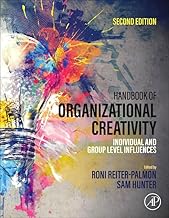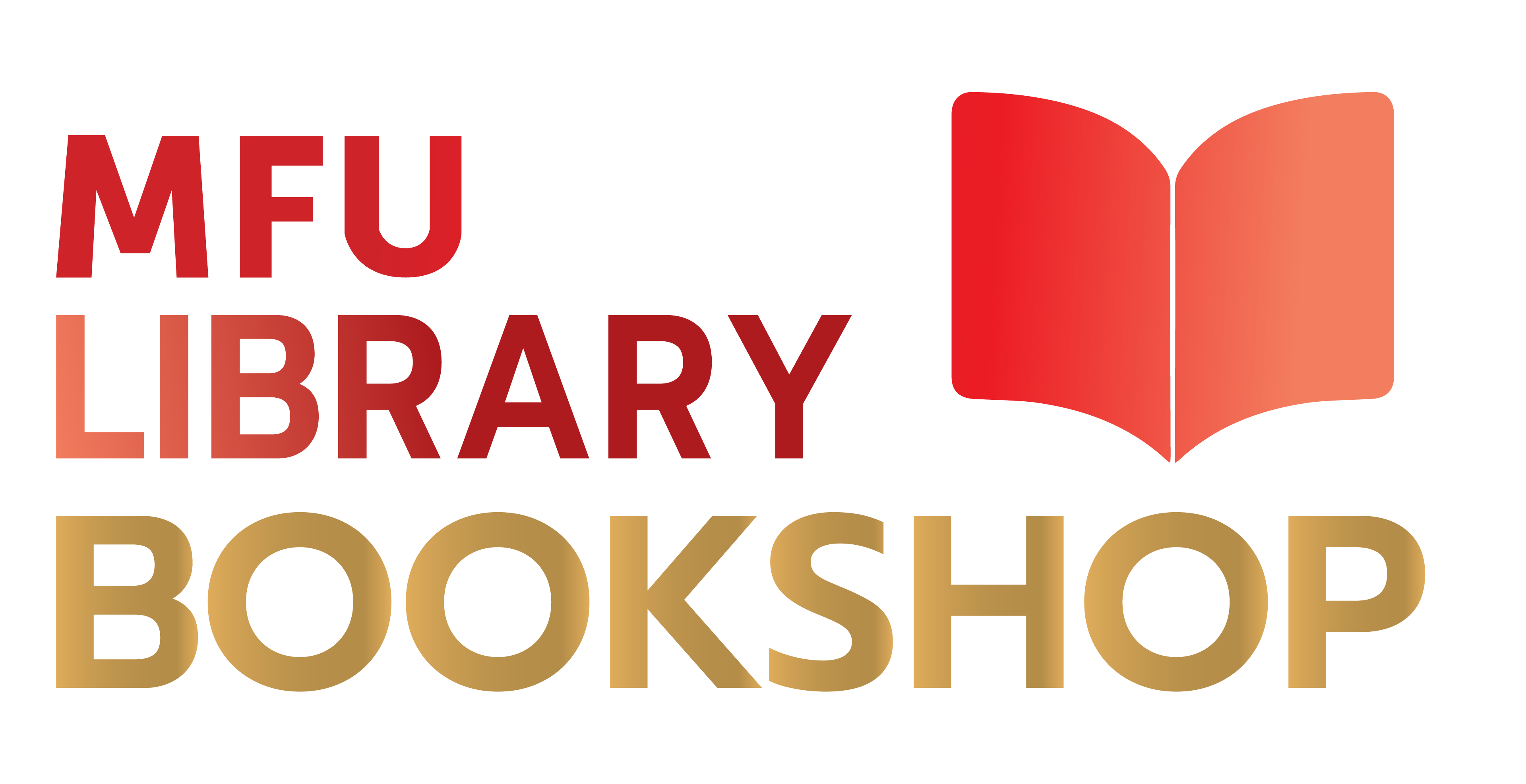
Book
Handbook of Organizational Creativity
ISBN : 9780323918404
Author : Roni Reiter-Palmon
Publisher : Elsevier
Year : 2023
Language : English
Type : Book
Description : Cover image Title page Table of Contents Copyright Dedication Contributors Preface Individual and group level influences Part I: Introduction Chapter 1: Creativity in organizations micro and mezzo perspectives: Individual and team-level determinants Abstract Introduction and foundation Individual Groups and teams References Chapter 2: Measuring creativity in organizations: The multifaceted nature of creativity Abstract Importance and need for effective measurement of creativity Current state of creativity measurement Levels of measurement Self-evaluations or self-perception of creativity Other self-report measures Supervisory evaluation Peer evaluations Objective performance measures Divergent thinking measures Consensual assessment technique Summary and recommendations References Chapter 3: Guiding the study of how leaders can overcome a bias against novelty in organizations Abstract Defining and evaluating idea novelty Understanding bias against novelty How leaders evaluate novel ideas in organizational contexts Studying how leaders overcome a bias against subordinates’ novel ideas Next steps to studying how leaders can overcome a bias against novelty Conclusion References Chapter 4: Outcomes of creativity in organizations: From organization to human-centered benefits Abstract New context: Organizations as complex systems operating in turbulent times Organization-oriented outcomes A shift toward human-centered outcomes Recommendations for future research Conclusion References Part II: Individual Chapter 5: The quandary in creativity research: Implications for understanding innovation in groups and organizations Abstract Introduction: A quandary in creativity research The remote-associates view of creative thinking Remote associates as a scientific paradigm The remote-associates paradigm in analyses of creativity in groups and organizations In vivo creativity without remote associations: A problem for the remote-associates paradigm Remote associations in organizational creativity? IDEO’s shopping cart Remote associations? Unpacking IDEO’s creative process Case studies of medical innovations Ordinary thinking produces new ideas Ordinary thinking and creative thinking: Implications for increasing creativity in groups and organizations The creativity quandary: General conclusions and some remaining questions Conclusion References Chapter 6: Creative problem solving Abstract Introduction Observing processes: early uses of think-aloud protocols Systematization of earlier approaches Knowledge and its productive use Spontaneously forming the wrong representation: Insight versus noninsight problems Being pushed toward the wrong (or right) representation: Recent exposure Applications: The creative problem solving model and creativity training Summary and future directions References Chapter 7: Creative abilities: Divergent thinking Abstract Introduction Theories of divergent thinking Divergent thinking tests Scoring methods of divergent thinking tests Influences on ideation Personality and attitudes Divergent thinking applied to organizations Conclusions References Chapter 8: Idea evaluation: Combining openness and expertise Abstract Introduction Idea evaluation research: Basic distinctions and findings Models of idea evaluation Expertise and openness as preconditions for effective idea evaluation Discussion Conclusion References Chapter 9: Unlocking creative tensions with a paradox approach Abstract Setting the stage for a paradox approach to tensions Paradoxical frames, mindsets, and leadership Adopting a paradox approach to creativity: Cognitive, emotional, motivational, and social pathways Situational and contextual moderators Future work Conclusion References Chapter 10: Affect and creativity in organizations: Taking stock and moving forward Abstract Introduction Affect and creativity at the individual level of analysis Affect and creativity at the group level of analysis Final remarks References Chapter 11: The people make the place: Advancing a model for personality traits in workplace creativity Abstract Introduction Part 1: Personality and creativity Part 2: Creativity and innovation at work Practical applications References Chapter 12: Creative self-beliefs: From creative potential to creative action Abstract Creative self-beliefs: From creative potential to creative action What are creative self-beliefs? Creative confidence beliefs Creative self-awareness Creative self-image Questions that can be addressed when studying creative self-beliefs Conclusion References Chapter 13: Brain networks of creative cognition Abstract Brain networks of domain-general creativity Neurocognitive mechanisms of creative cognition Individual differences in brain network connectivity and creative ability Brain networks in domain-specific creativity Summary and future directions References Chapter 14: Creativity and meaning in work Abstract Theory/conceptual background Applications Directions for future research Conclusion References Chapter 15: The relationship between ethics and creativity: An ethical leadership focus Abstract Ethical leadership Conceptual background on ethical leadership and creativity Applications for the relationship between ethical leadership and creativity Future research Conclusions References Part III: Groups and teams Chapter 16: Team creativity and innovation: The effect of team creative cognition Abstract Cognitive processes Problem identification and construction Idea generation/brainstorming Idea evaluation and selection Applications Future research Conclusion References Further reading Chapter 17: Group processes toward group creativity Abstract Introduction Thematic review of group processes for creativity Applications: Team process management for team creativity Future directions for research and practice Conclusion References Chapter 18: Virtual teams Abstract Acknowledgment Introduction Theory and conceptual background Applications Future research Summary/Conclusion References Chapter 19: Diversity and creativity in organizations Abstract Diversity, creativity, and why diversity is good for creativity Team diversity and team creativity Diversity and individual creativity In conclusion: Looking forward References Chapter 20: Social networks and creativity: A gender perspective Abstract Introduction Social networks and creativity Gender Conclusions: Networks, creativity, and gender Future research directions References Chapter 21: Creativity and innovation: The role of team and organizational climate Abstract Introduction The importance of context in creativity and innovation theory Organizational climate Climate for creativity and innovation: Taxonomies Individual creativity and innovation Team climate for creativity and innovation Clarifying and ensuring commitment to shared vision Participative safety and trust Task orientation Support for innovation Participation in decision-making Managing conflict and minority dissent constructively Reflexivity Organizational climate for creativity and innovation New approaches to the study of team and organizational climate research The role of compassionate leadership Practical implications Suggestions for future research Conclusion References Chapter 22: Project management of innovative teams Abstract Project management concepts Applying the psychology of creativity and innovation to teams using project management Concluding considerations Acknowledgements References Chapter 23: Innovation and ambidexterity in multiteam systems Abstract Innovation and ambidexterity in multiteam systems Multiteam systems Types of innovation MTSs Mechanisms of MTS ambidexterity MTS leadership, innovation, and ambidexterity Summary Conflict of interest References Chapter 24: Brainstorming: How to get the best ideas out of the “group brain” for organizational creativity Abstract Acknowledgments Brainstorming: Some history Why is group brainstorming so bad? Theoretical models of brainstorming Task-specific issues Breaks and incubation Different methods of brainstorming Hybrid brainstorming Diversity Evaluation processes The organizational context Becoming great groups Future directions Summary and best practices References Chapter 25: Creativity in meetings Abstract Introduction Individual and team creativity Specific meeting characteristics Leader meeting practices for creativity Attendee meeting practices for creativity The yellow and red flags in meetings Discussion Implications and future research Conclusion References Further reading Index








